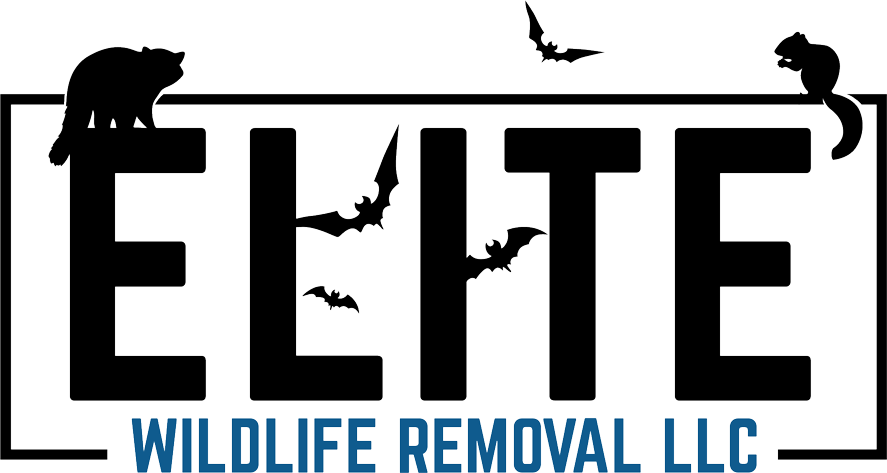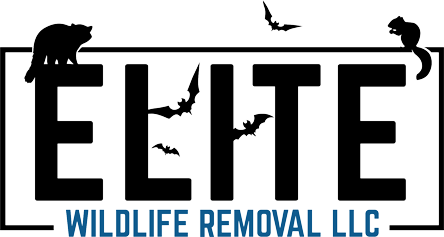Raccoon Removal And Control
Raccoon Removal And Control
Nocturnal, highly intelligent, and incredibly resourceful, raccoons can create significant issues when they invade homes or businesses. Their dexterous paws allow them to open trash bins, pry off vent covers, and even manipulate door latches, making it easy for them to infiltrate attics, chimneys, and crawl spaces. While they may appear harmless, their presence can result in extensive property damage, health risks, and ongoing disturbances if not properly addressed.
Once inside a home, raccoons often tear apart insulation, chew through wiring, and damage air ducts. Their nesting habits make attics a prime location for raising young, meaning an unnoticed infestation can quickly grow. The waste they leave behind can introduce harmful bacteria and parasites into living spaces, increasing the risk of contamination. Their droppings and urine may carry diseases such as leptospirosis and roundworm, posing a danger to both humans and pets. In some cases, mold can develop in areas where raccoon waste accumulates, further compromising indoor air quality.
In outdoor areas, raccoons frequently raid gardens, disrupt trash collection, and even damage structures while searching for food or shelter. They have been known to dig up lawns in search of grubs, creating unsightly patches and costly landscaping repairs. Additionally, they often use porches, decks, and crawl spaces as denning sites, leading to strong odors, accumulated debris, and potential structural damage. Their intelligence and adaptability make them one of the most challenging wildlife species to deter, requiring a strategic approach for effective removal and long-term exclusion.
The Impacts Of Raccoon Infestations
While the physical damage they cause is concerning, the health hazards they pose are even more alarming. Their droppings and urine may carry diseases such as leptospirosis, which can be transmitted to both humans and pets. Additionally, raccoons are common carriers of rabies, making encounters with them particularly dangerous. If they feel cornered or threatened, they may act aggressively, potentially leading to bites or scratches. Fleas, ticks, and mites also thrive in their fur, creating secondary infestations in homes where they have taken up residence.
Beyond health risks, raccoons often cause costly repairs. Chewed electrical wiring increases the risk of fires, while their habit of ripping apart insulation leads to higher energy bills and reduced home efficiency. Roof shingles, soffits, and vents can suffer significant damage as they force their way inside. Gardens and lawns are also vulnerable, as they dig up sod in search of grubs and other food sources. With their persistent nature, these critters will return time and again if proper deterrents aren’t in place.
How We Handle The Problem
Our experts take a comprehensive approach to resolving raccoon issues. Our process begins with a detailed inspection of the property to identify entry points, nesting sites, and food sources. Once we understand the extent of the problem, we develop a customized removal plan that prioritizes both safety and effectiveness.
Our team employs humane trapping methods that ensure the capture of raccoons. Sealing off access points is a critical part of our service, preventing new intruders from taking advantage of an already compromised structure. We also provide professional-grade exclusion barriers, such as reinforced vent covers and chimney caps, to further safeguard against future problems. For outdoor areas, we offer guidance on securing trash bins, removing attractants, and modifying landscapes to make properties less inviting. Additionally, we provide cleanup and sanitization services to eliminate harmful bacteria and odors left behind in nesting areas.
Preventing Critters From Returning
The key to long-term success is ensuring that raccoons do not return. Home and business owners can take proactive measures by keeping pet food indoors, securing compost bins, and regularly inspecting the exterior of their property for signs of tampering. Proper attic and crawl space maintenance, along with the removal of easy food sources, significantly reduces the likelihood of repeat infestations.
For those in high-risk areas, professional deterrents such as motion-activated lights and noise devices can add an extra layer of protection. Our team offers ongoing consultation to help property owners maintain a wildlife-free environment. By staying ahead of potential issues and reinforcing common entry points, we create an effective barrier that discourages future visits.
Wildlife problems should never be ignored, especially when they pose serious health and safety risks. Whether raccoons are nesting in your attic, rummaging through your trash, or damaging your property, immediate action is necessary to prevent costly repairs and ongoing disturbances. Our team has the experience, tools, and knowledge needed to resolve infestations efficiently and humanely.
If you suspect that raccoons have taken up residence on your property, don’t wait until the problem escalates. Contact us today for professional assistance. Our team is ready to provide thorough inspections, customized removal strategies, and long-term prevention solutions to keep your home or business free of these pesky intruders.
Frequently Asked Questions About Raccoons
Q1. Why do raccoons keep coming back to my property even after I remove food sources?
A1. Raccoons are highly adaptable and intelligent creatures with excellent memory, which means that once they identify a location as a reliable shelter or feeding ground, they are likely to return—even if the obvious food sources have been removed. They are opportunistic scavengers that will search for alternative meals, such as pet food left outdoors, compost bins, bird feeders, or even insects and grubs in your lawn. Additionally, if they have found an ideal nesting site, such as an attic or crawl space, it may return seasonally to breed. To prevent recurring issues, sealing entry points, using motion-activated deterrents, and securing all possible attractants is crucial. We specialize in implementing comprehensive exclusion techniques to ensure these persistent animals stay away for good.
Q2. Can raccoons cause structural damage to my home, and if so, how?
A2. Absolutely. Raccoons have powerful paws and sharp claws that allow them to pry open loose shingles, rip apart soffits, bend vent covers, and even tear through thin roofing materials to access attics. Once inside, they can shred insulation, chew through electrical wiring—posing a fire hazard—and destroy air ducts in their search for warmth or nesting material. Their strong jaws can also break through wooden beams and floorboards, causing costly structural damage over time. Outside, raccoons dig up lawns in search of grubs, damage gardens, and topple garbage bins, leaving a mess in their wake. Our experts not only removes these destructive pests but also provides home fortification services to repair damage and reinforce weak spots that could attract future intrusions.
Q3. Why do raccoons sometimes come out during the day if they are nocturnal?
A3. While they are primarily nocturnal, it is not unusual to see one active during the day. Several factors can influence this behavior, including food shortages, changes in weather, or the presence of young raccoons that are learning to forage. In urban areas, they have adapted to human activity and may adjust their schedules to take advantage of easy food sources, such as unsecured trash or pet food left outside. However, if a raccoon is acting erratically—stumbling, drooling, or displaying aggressive tendencies—it could be a sign of illness, such as distemper or rabies. If you notice unusual behavior, it is best to avoid the animal and contact us immediately for a professional assessment and removal.
All Rights Reserved | Elite Wildlife Removal


